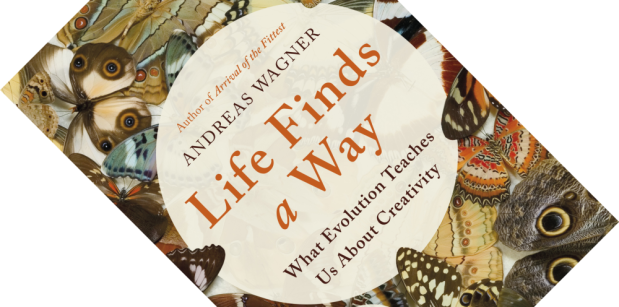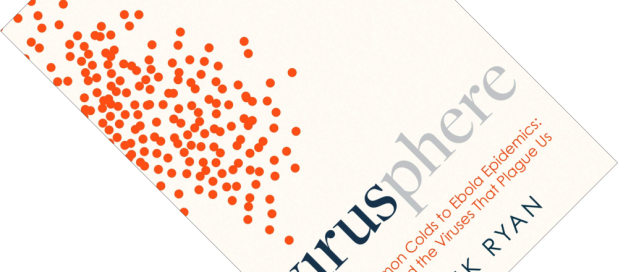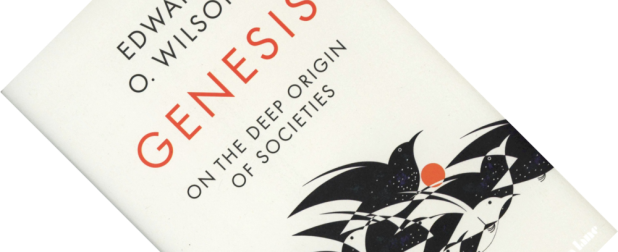Back in 2014, evolutionary biologist Andreas Wagner blew my mind. His book Arrival of the Fittest: Solving Evolution’s Greatest Puzzle gave fascinating answers to the question of where evolutionary innovations come from. I will say more about it below, but in short, there are many ways to solve a problem. But, as Life Finds a Way shows, not all solutions are equally good. To evolve from a suboptimal solution to a superior one usually involves several steps through intermediary solutions that are even worse, something that natural selection acts against. So how does evolution overcome such obstacles? And what does the answer have to do with human creativity? Can we apply these ideas further afield in education or economics? And is this book going to be as good as his last one? So many questions…
evolutionary fitness
Book review – Discovering Retroviruses: Beacons in the Biosphere
In the already unusual world of viruses, retroviruses stand out for being even more so. Called “retro” because they reverse the flow of genetic information from RNA to DNA, rather than the normal DNA to RNA, they have turned out to be ancient, omnipresent, and incredibly influential. They are also important as they cause diseases such as AIDS. With Discovering Retroviruses, Anna Marie Skalka delivers a book dedicated to this particular group that is as technical as it is fascinating.
Book review – Virusphere: From Common Colds to Ebola Epidemics: Why We Need the Viruses that Plague Us
Beware the virus. If there is one message physician and evolutionary biologist Frank Ryan is hammering home with this book, it is this. Viruses are absolutely everywhere and more numerous even than microbes. So much so that Ryan speaks of the virosphere rather than the biosphere. But more than harbingers of disease, they are also agents of evolutionary invention. Now why does that sound familiar?
Book review – Genesis: On the Deep Origin of Societies
Why, of all the species that have ever existed, have only us humans reached this unparalleled level of intelligence and social organisation? When a senior scientist such as Edward O. Wilson trains his mind on such a question, you hope to be in for a treat.
Book review – Viruses: Agents of Evolutionary Invention
When I reviewed Planet of Microbes: The Perils and Potential of Earth’s Essential Life Forms, I remarked that microbes are everywhere. If you are willing to stretch the definition of life a bit further still, there is one entity that is even more numerous and omnipresent: the humble virus. We tend to think of viruses almost exclusively in the context of disease (see for example The Invisible Enemy: A Natural History of Viruses). But, as virologist and pharmaceutical researcher Michael Cordingley shows here, they are so much more than mere pathogens and have a huge influence on evolutionary processes in all organisms. This book paints a remarkable portrait of these unusual life forms.





